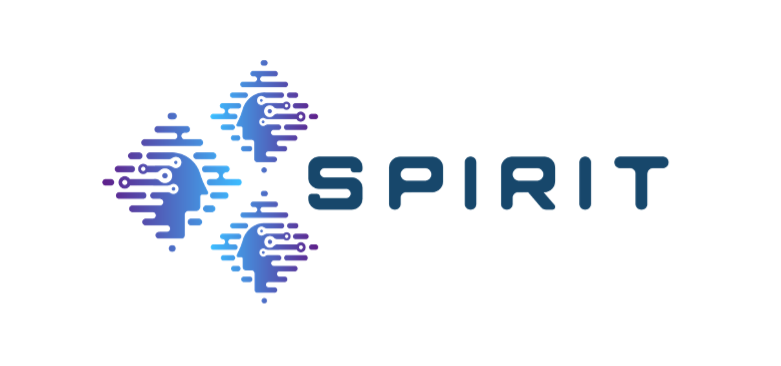NOSSDAV’21: The 31st edition of the Workshop on Network and Operating System Support for Digital Audio and Video
Sept. 28-Oct. 1, 2021, Istanbul, Turkey
[PDF][Slides][Video]
Reza Farahani (Alpen-Adria-Universität Klagenfurt), Farzad Tashtarian (Alpen-Adria-Universität Klagenfurt), Alireza Erfanian (Alpen-Adria-Universität Klagenfurt), Christian Timmerer (Alpen-Adria-Universität Klagenfurt), Mohammad Ghanbari (School of Computer Science and Electronic Engineering, University of Essex, Colchester, UK) and Hermann Hellwagner (Alpen-Adria-Universität Klagenfurt)
Abstract: Recently, HTTP Adaptive Streaming (HAS) has become the dominant video delivery technology over the Internet. In HAS, clients have full control over the media streaming and adaptation processes. Lack of coordination among the clients and lack of awareness of the network conditions may lead to sub-optimal user experience, and resource utilization in a pure client-based HAS adaptation scheme. Software-Defined Networking (SDN) has recently been considered to enhance the video streaming process. In this paper, we leverage the capability of SDN and Network Function Virtualization (NFV) to introduce an edge- and SDN-assisted video streaming framework called ES-HAS. We employ virtualized edge components to collect HAS clients’ requests and retrieve networking information in a time-slotted manner. These components then perform an optimization model in a time-slotted manner to efficiently serve clients’ requests by selecting an optimal cache server (with the shortest fetch time). In case of a cache miss, a client’s request is served (i) by an optimal replacement quality (only better quality levels with minimum deviation) from a cache server, or (ii) by the originally requested quality level from the origin server. This approach is validated through experiments on a large-scale testbed, and the performance of our framework is compared to pure client-based strategies and the SABR system [11]. Although SABR and ES-HAS show (almost) identical performance in the number of quality switches, ES-HAS outperforms SABR in terms of playback bitrate and the number of stalls by at least 70% and 40%, respectively.
Keywords: Dynamic Adaptive Streaming over HTTP (DASH), Edge Computing, Network-Assisted Video Streaming, Quality of Experience (QoE), Software Defined Networking (SDN), Network Function Virtualization (NFV)













